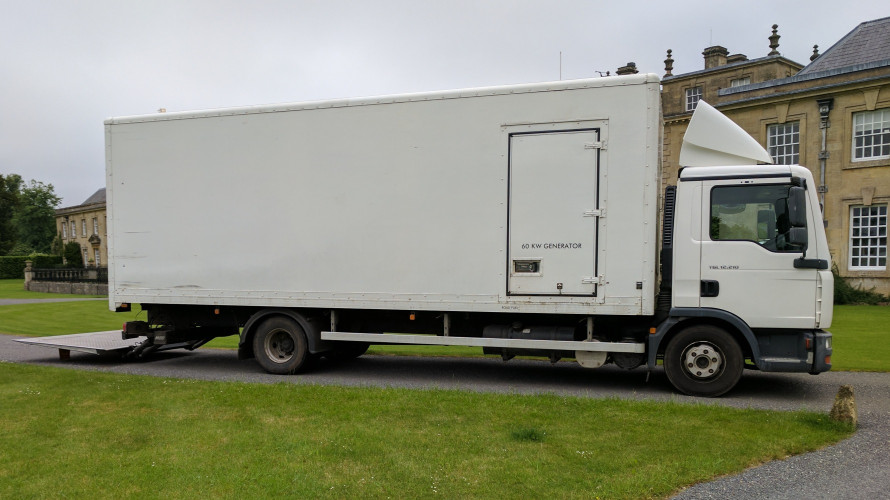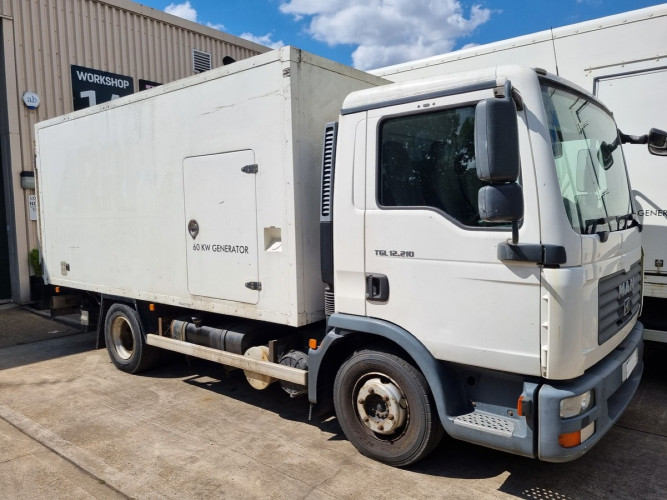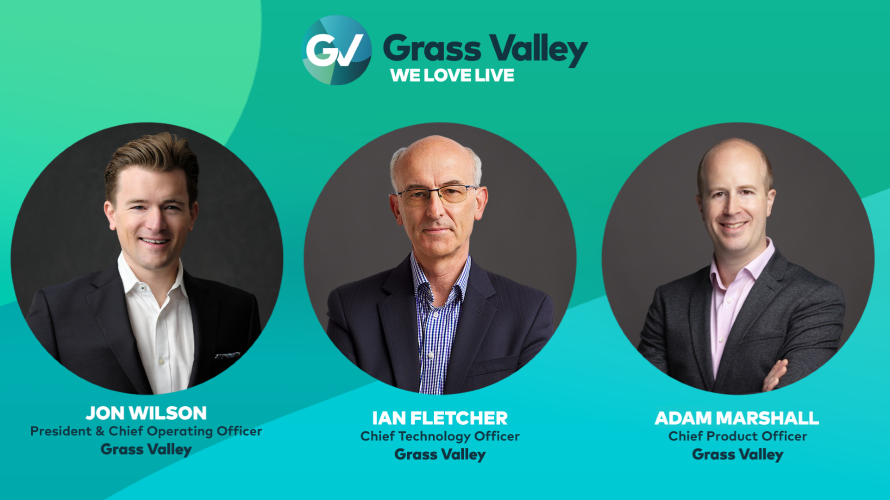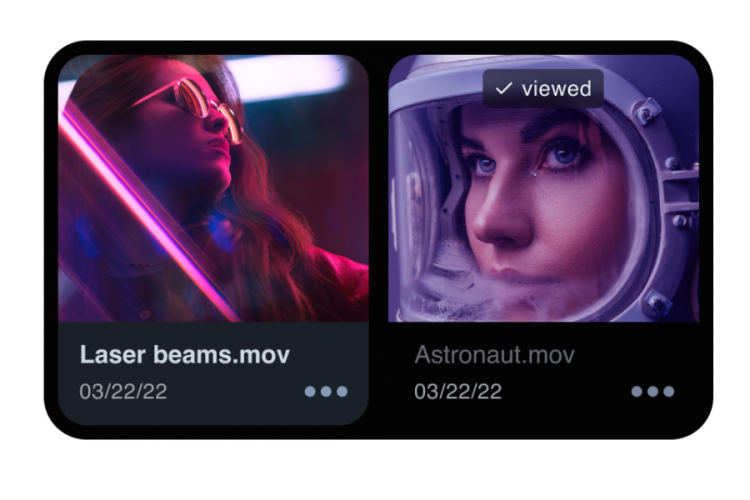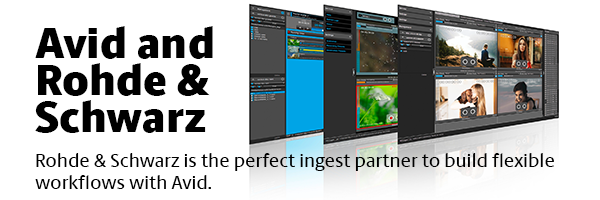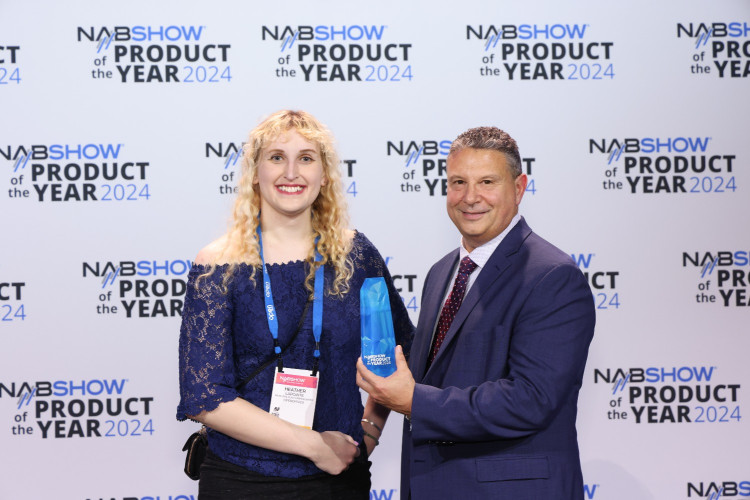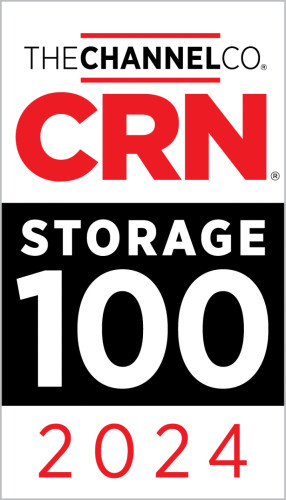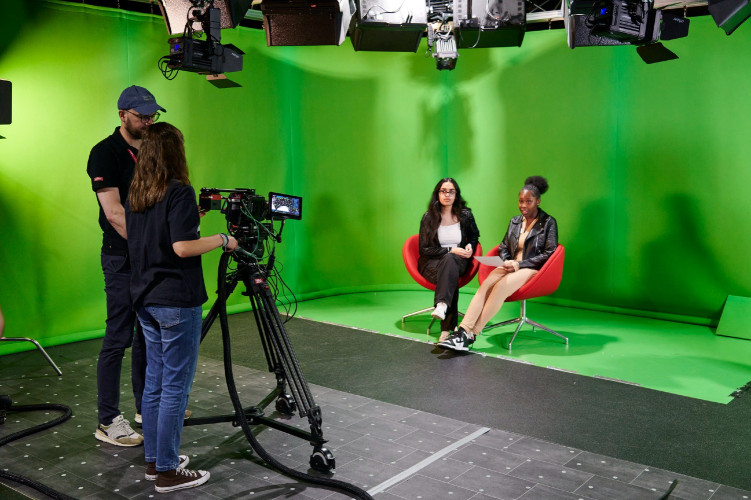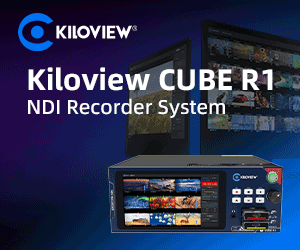Back to basics asset management

Author: Bob Pank#
Published 1st May 2011
There are two things you should know before I start. One is that the strapline for my company’s product, Mediaflex, is “Beyond Media Asset Management”. And the second is that I hate the term “Media Asset Management” because it has come to be meaningless. Too many people have used it to mean too many different things.
So what is Media Asset Management? First, it is not “Digital” Asset Management, because for many organisations the majority of assets will not be digital. If you were to suggest to, say, the BBC archive that to become effective they would have to digitise the millions of hours of film, discs and tape on their shelves, they would politely point out that the time and cost of doing it would be astronomic and utterly uneconomic. Your asset management system has to incorporate storage by shelf and building number.
Some items cannot be digitised. We have supplied a solution to the National Film and Sound Archive of Australia, which not only keeps audio and video in digital and analogue form but also other artefacts including posters, scripts and props. The basic script of a movie can be digitised, but the director’s own copy with hand-written notes is a priceless resource. The NFSA’s collection includes the wedding dress from Muriel’s Wedding – you cannot digitise that.
But as well as knowing what content is available and where it is, the system needs to know how, when and at what cost it can be converted (if necessary) and delivered. Most broadcasters and production companies have thousands of hours of content sitting on shelves which could and should be re-used. Consumers want compelling content on multiple consumption platforms, so broadcasters need to find ways to monetise it.
I see the business of a broadcaster as containing three core components:
• media (which is not just audio and video, but scripts and subtitles and a whole lot more)
• workflow processes
• resources, technical and human
Any system which aims to increase productivity in the facility, or increase profitability, has to encompass all three elements. An asset management system that simply knows where to find a piece of media cannot make that real, valuable impact.
Some say that asset management is all about the metadata, the information about the content. That is important, of course, but you also need to know about the content itself, the processes and the resources available if you are to make the best use of that media.
A simple database system will tell you that you have a piece of content and where it is. But if you want to reuse that piece of content to make or save money – which is the real business driver – then you need to know if you have the rights to use it for other productions and other distribution platforms, what form it is currently in, if you have the technical resources to convert it to a new format, and when you can deliver it.
And finally you need to know how much it will cost you to deliver the content, to know if you are making any money on the transaction. You may be reusing something in a new production, in which case you need to know what to charge the programme budget, and if it is commercially better than shooting something new. You may be selling a clip, or a programme, to another broadcaster, in which case you need to know the delivery overhead to get a clear idea of your business costs. Or you may be offering material on a new platform and you need to see how to price it to make money.
Because it has to bring together media and metadata, workflow and resources, we have unique requirements for our asset management systems. But that should not be taken as an excuse to try to make each system special, and letting the broadcaster’s IT department embark on a bespoke project. The leading developers of asset management have a pretty good idea of what is required and what works.
Our system is in use by a number of broadcasters and archives around the world, so the chances are we have seen at least 90% of the current real requirements as well as the trends for the future. We let you design your own processes and workflows through our graphical user interface, putting you back in control.
Decide on what business goals you aim to achieve with your content, then talk to a good asset management supplier – like TMD – to see how best it can be done.



